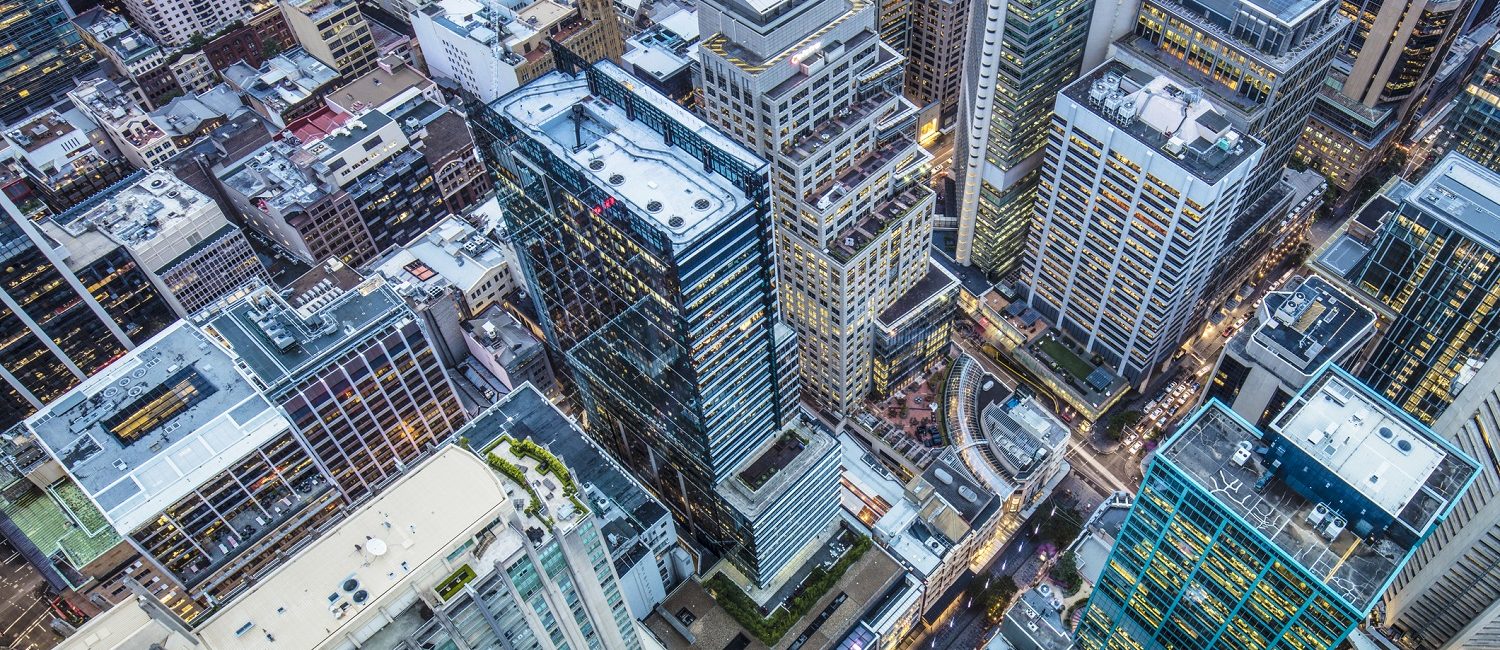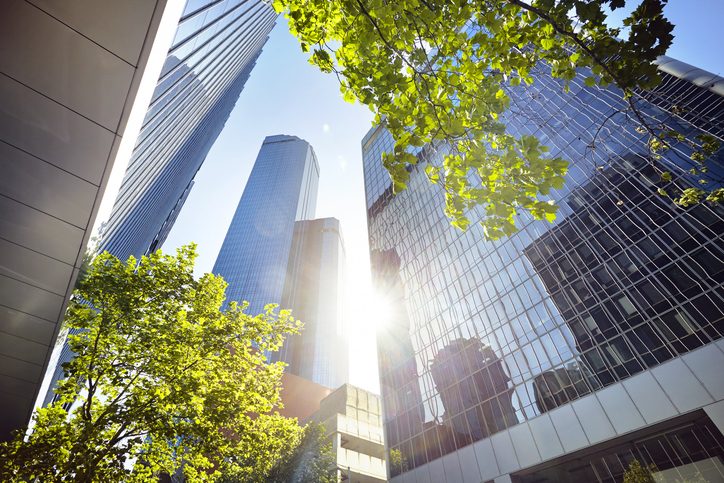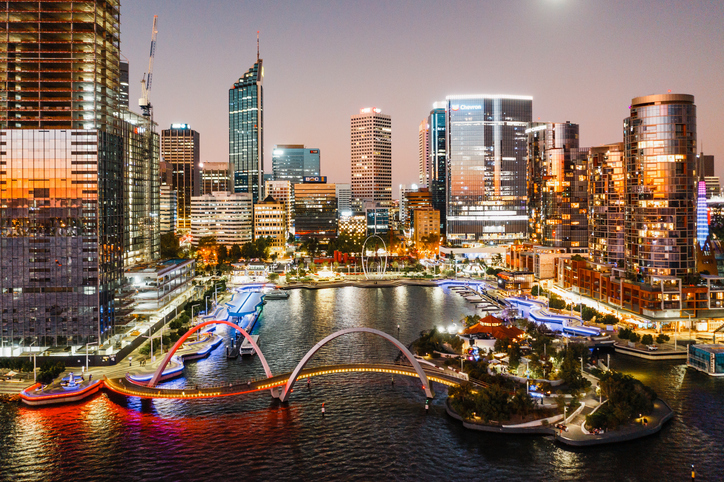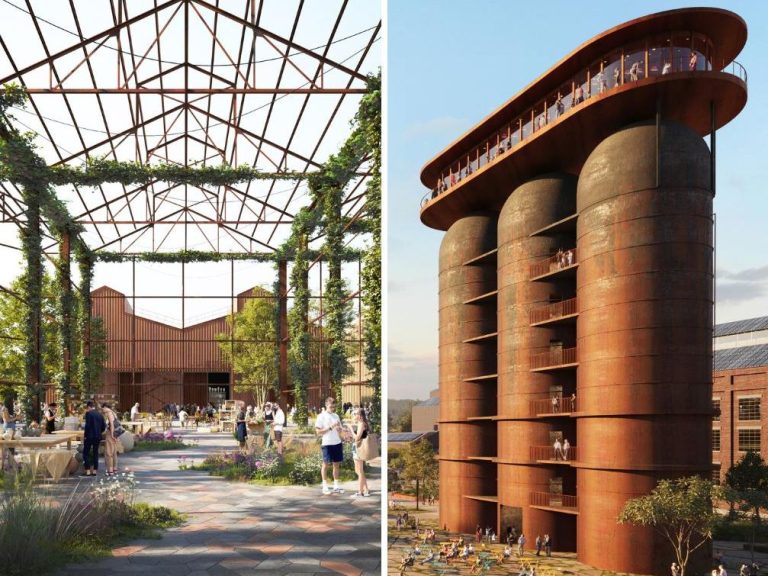Positive sign for offices as tenants look for more space

The number of workers returning to the office has gathered pace in 2024, with occupancy rates up in every capital city.
After four years of experimenting with remote working, companies have better refined the hybrid working practices that best align with their business objectives.
With more clarity around how much time staff are spending in-office, companies now have a significantly better understanding of their office space requirements.

The number of workers returning to the office has gathered pace this year. Picture: Ezra Bailey/Getty
Back in 2020 it was hypothesised that offices would have no place in a post-pandemic world. But while the way we work has permanently shifted, demand for offices hasn’t disappeared.
Over the course of pandemic, many companies drastically reduced their office footprints and sublease vacancies surged. Now, four years on, there are hints the reverse is occurring, with search data from realcommercial.com.au revealing companies are searching for larger offices.
Over the past 12 months, the share of businesses searching to lease offices at the sub-100 square metre level on realcommercial.com.au has fallen by 20 per cent. In contrast, there was a 22% increase in the share of businesses searching to lease offices in the 200 to 500 square metre range.
While searches to lease 1,000 square metre-plus offices account for less than 10 per cent of the total, the proportion of businesses searching at this level has likewise increased over the past year, rising by 16%.

Melbourne’s office market has been the slowest to recover, sitting at 62% of its pre-pandemic occupancy over the March quarter. Picture: Getty
This increase in space requirements is unsurprising given the consistent recovery in office occupancy rates seen over the past two years.
Office occupancy has improved in every capital city over the past year, according to CBRE Research, reaching the highest level seen in four years in the first quarter of 2024.
Office attendance was best in Perth and Adelaide, where occupancy rates averaged 93% and 88% of their respective pre-pandemic levels over the March quarter.
On the other end of the spectrum was Melbourne, which averaged 62% of its pre-pandemic occupancy. As the city that spent the most time in lockdown, Melbourne has displayed the most inertia in returning to the office.

Perth had the country’s best office attendance, with occupancy rates averaging 93% over the March quarter. Picture: Getty
Despite lagging the other cities, office occupancy in Melbourne rose 5 percentage points over the March quarter and was at the highest level seen in four years. What’s more, peak day occupancy reached 74%.
Improved occupancy rates are coming as welcome news to the owners of offices who, in many cases, have seen significant write downs in the value of their assets over recent years.
For most companies, real estate represents one of the most significant costs of doing business. The rise in demand for larger spaces is evidence of the value companies place on their physical workplaces.







